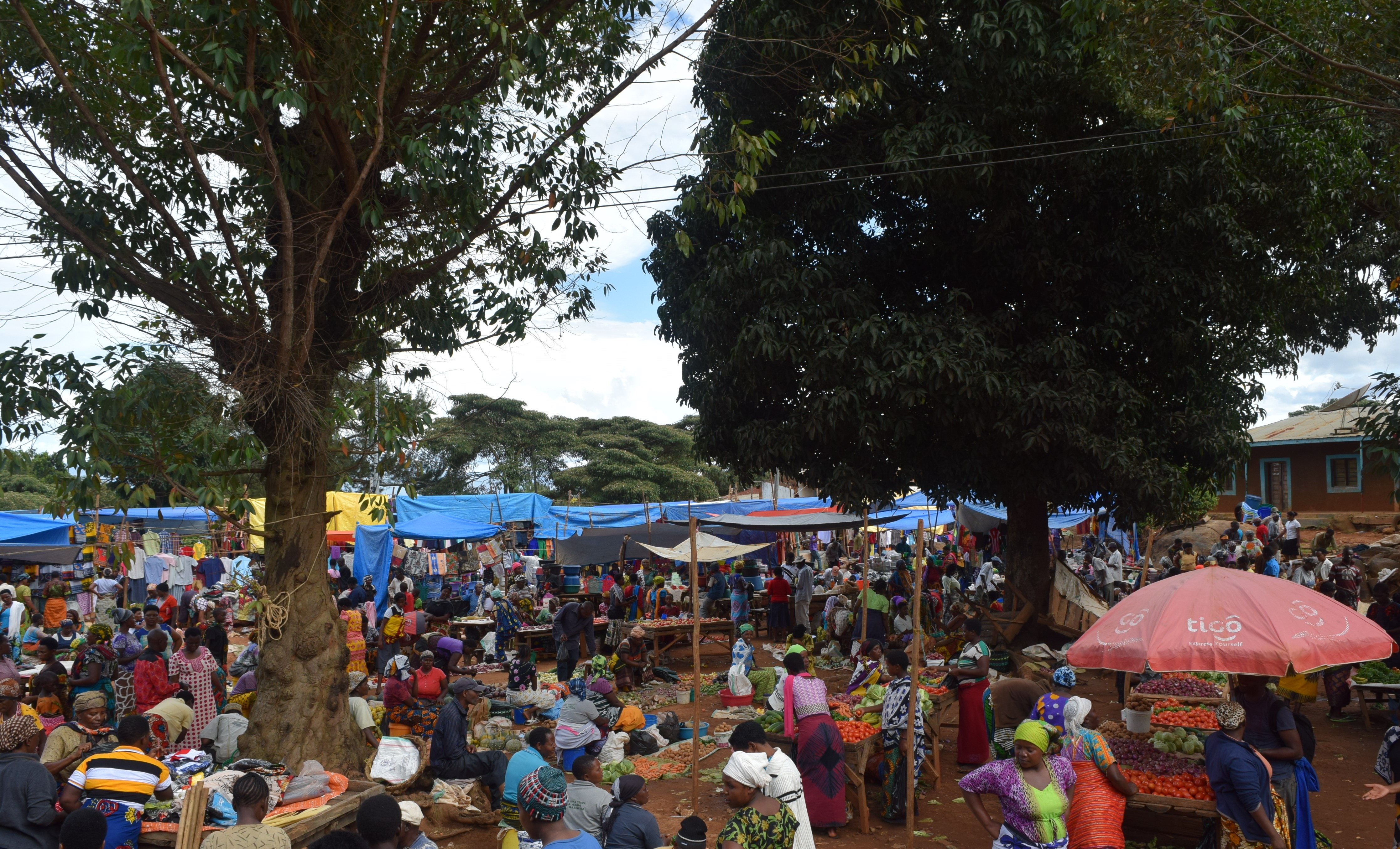Fertilizing development


In the fight against global poverty, rigorous field research can provide important insights. This conclusion determined the 2019 Nobel Prize in Economic Sciences, awarded to three researchers—Abhijit Banerjee, Esther Duflo, and Michael Kremer—for their pioneering efforts in applying this approach to the study of economics in developing countries. This rigorous, quantitative methodology also drives the work of associate professor and development economist Jonathan Robinson.
Robinson’s collaborative research with Duflo and Kremer, among others, focuses on understanding why potentially life-changing agricultural practices remain little used in many impoverished areas. For example, while the use of fertilizer has increased dramatically in countries like India, smallholder farmers in sub-Saharan Africa haven’t followed suit. The weak uptake there may be due to different environments and crops grown, or inadequate education, but another barrier could be the high cost of access related to poor infrastructure.
In a recent study, Robinson and collaborators quantified how poor roads and distance from a fertilizer retailer correlate with decreased fertilizer usage and individual farmer productivity in Tanzania. Their results directly connect the increased costs of obtaining fertilizer for farmers in more remote villages with reduced earnings from what they grow. “Farmers ultimately choose to adopt inputs like fertilizer based on profitability,” Robinson said. “Even if fertilizer increases yields, farmers may reject it because the costs of access are too high.”

